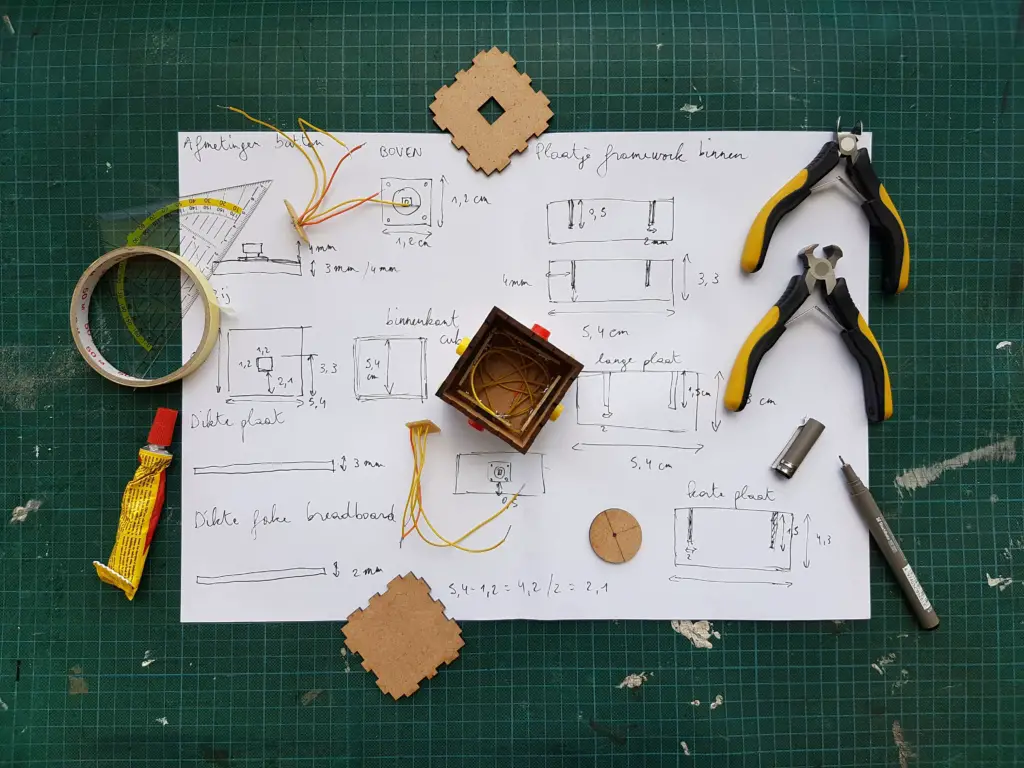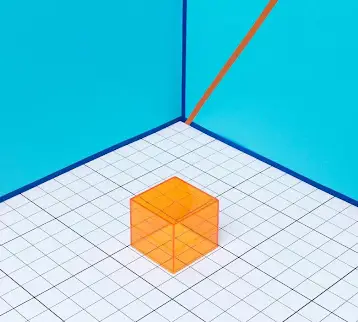Are you an aspiring inventor? Many new inventions like wearable healthcare devices are transforming the world we live in today. But sometimes even the most business-savvy inventors need some help converting their idea into a finished product. Here’s how to do it in 8 simple steps.

Get Feedback On Your Idea First
Before you invest in prototypes, patents, and a product launch, get some solid feedback. Approach a professional whose feedback you value, and ask them for some honest advice. Before you begin, it’s a good idea to draft a non disclosure agreement (NDA) to protect you and your idea. This means that you and the expert have an agreement that they won’t go off and discuss your idea with someone else. This applies even if you’re talking to a friend or a relative.
When you approach the individual, here are some of the talking points you can discuss:
- What problem does your product solve?
- Who is your target market and is there evidence they will benefit from this product?
- What value does this product provide to your target market?
- What are your products’ key features?
- What makes your product different from competitors?
You should be able to provide your expert with this information, and obtain honest feedback about whether they think it’s a good idea. Be open to criticism and be ready to go away and improve your idea based on their feedback.
Conduct Some Market Research
If you’re still feeling confident in your idea, it’s time to test it with your target audience. Try and set up a sample survey using a service like Survey Monkey. This allows you to send a questionnaire to your target market and obtain feedback on a wider scale. Ask all the questions that you’ve posed to your expert, and get some honest advice from your desired customer. You might want to approach a core group of friends or family members, or enlist the support of a market research agency in gathering a sample.
If you’ve reviewed your feedback, feel confident in your idea, and are ready to consider a prototype, it’s time to move on to converting your idea into a finished product.
Set Some Ground Rules
Before you embark on a full scale product launch, let’s first establish some ground rules. Consider how much you’re willing to spend on this launch. Once you’ve got a budget in mind, think about what skills you can realistically bring to the table. Do you need the support of electronic manufacturing services to bring your idea to life? For some technical or electronic products, you might need to enlist the support of qualified professionals for safety and legal reasons. Think about how much you’re going to invest in external expertise, how much time you have to invest, and what the end-to-end costs are going to be.

Design It
If you’re confident you have the time and money to invest in your product after market feedback, it’s time to proceed to the design stages. Designing a product depends largely on the type of item you’re creating, be it web or mobile-based, an electronic device, or a physical item that requires particular expertise.
If you have the required skill set yourself, you can map out what the design of the item looks like. If you need some assistance, you might want to return to the expert you initially approached, or find a design service that can help. If you’re looking for a company that can help you take your product through to launch, check out their prototyping, testing and launch services as well.
Think Ahead
When you’ve reached the design stage of product testing, you’re looking to the future and acknowledging it’s time to create your product. At this point it’s essential to look at some core fundamentals before you embark on your product creation:
- Do I need to approach any investors to make this product a success?
- How can I protect my intellectual property through a patent application?
- Can I apply for funding to help boost my budget for this product?
Prototyping
Prototyping is the process of testing and reviewing your product ahead of launching it. It can take several rounds of approval and review before you are confident that your product is ready to launch. Before you sign a full ‘design to launch’ contract with a vendor, make sure you have the opportunity to review prototypes beforehand, and that you can ensure you’re happy with the quality of the prototype before you embark on a longer term contract.
Return For Feedback
Feedback is the single most important part of product creation. You should constantly review those questions posed in the first step of this article, and ensure that you’re still fulfilling a need for your target audience. Approach those people that thought it was a good idea the first time round, share your prototype, and make sure it’s what they expected and it still meets their requirements.
Market Research is also an essential component when testing prototypes. You should consider:
- Enlisting the help of a market research agency to conduct focus groups and tests
- Testing a range of age, income, and geographical location demographics, depending on your target market
- Ensuring that any issues that crops up in user testing is flagged and addressed before launch
Get Ready For Launch
If you’re happy with your final product, it’s time to consider launching it. You might already have a deal with your expert design team that fulfills manufacturing requirements. If not, now is the time to consider how many you want to make, and where. Set up a product launch, and solicit interest from your target audience for an event to make the most of your finished product.
From Idea To Product
The route from idea to product is never completely straightforward. But as a general rule, solicit feedback at every opportunity before you embark on any financial investments. If you receive positive feedback, take it a step further. Look into concrete market research to establish whether your target market really has a need for your product. Before you take your product into the design stages, consider what investment you need, and what you can put forward yourself.










